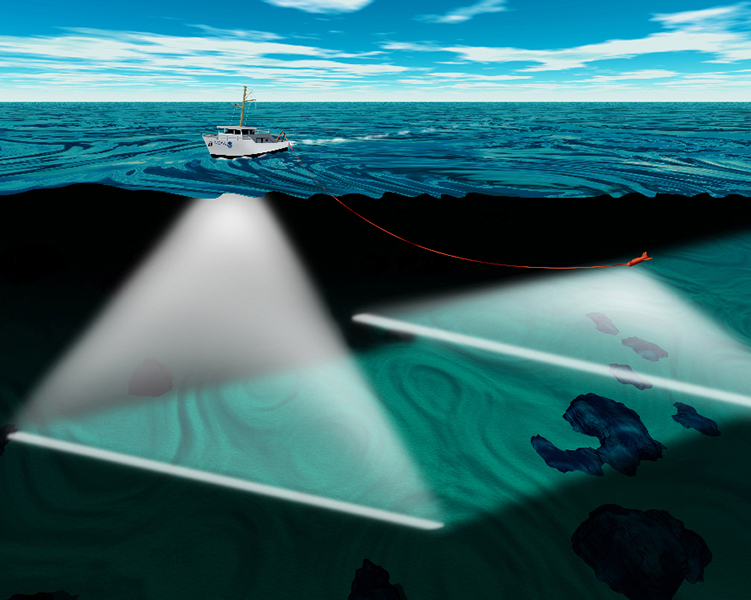The 120 000 square kilometers of data will be incorporated into the latest version of the global map of the ocean floor.
Marine technology mapping ocean floors.
Details of a new depth map of the arctic ocean have been published in the nature journal scientific data the new portrayal of the arctic ocean floor is in the form of a digital gridded database and comprises version 4 0 of the international bathymetric chart of the arctic ocean ibcao.
With advances in technology drifters now provide researchers with information about ocean circulation patterns in real time.
Airborne light detection and ranging lidar is a remote sensing technology that is proving increasingly beneficial in a variety of ocean and coastal mapping applications.
There are three tools used to map the ocean floor sonar satellites and submersibles.
Collecting and managing seafloor data.
Sonar is a type of electronic depth sounding equiptment made in the 1920 s it is an acronym for sound navigation and ranging.
Marine institute s ocean mapping diploma of technology bachelor of technology is a national accredited program recognized by the international engineering alliance under the sydney accord.
By conducting a multibeam sonar survey similar to a medical ultrasound scientists are able to image the sea bottom.
Today s technology lets scientists to study the ocean in a quicker and precise way.
Seafloor mapping also called seabed imaging is the measurement of water depth of a given body of water bathymetric measurements are conducted with various methods from sonar and lidar techniques to buoys and satellite altimetry various methods have advantages and disadvantages and the specific method used depends upon the scale of the area under study financial means desired measurement.
By the 1920s the coast and geodetic survey an ancestor of the national oceanic and atmospheric administration s national ocean service was using sonar to map deep water.
Huge trenches walls flatlands and seamounts fill the seascape and have a direct impact on the water bodies above them.
Lidar systems use pulsed lasers in aircraft to measure ranges to the surface below.
The ocean s floor is as complex as it is deep.
The range measurements are combined with position and orientation data to obtain accurate 3d spatial coordinates e g.
The first modern breakthrough in sea floor mapping came with the use of underwater sound projectors called sonar which was first used in world war i.

